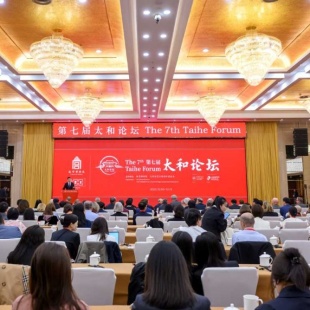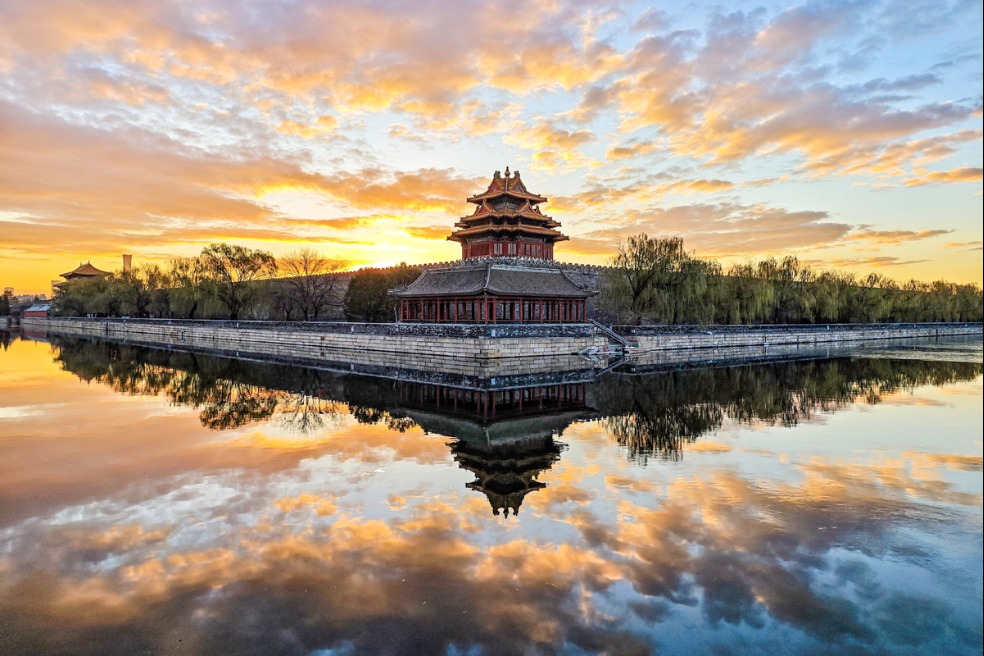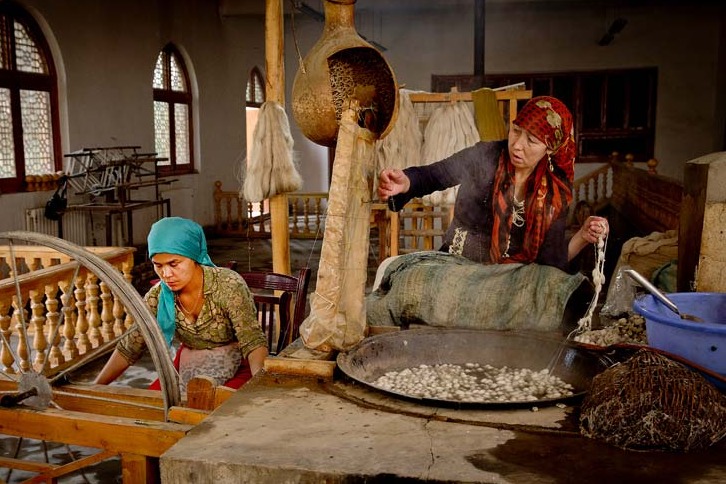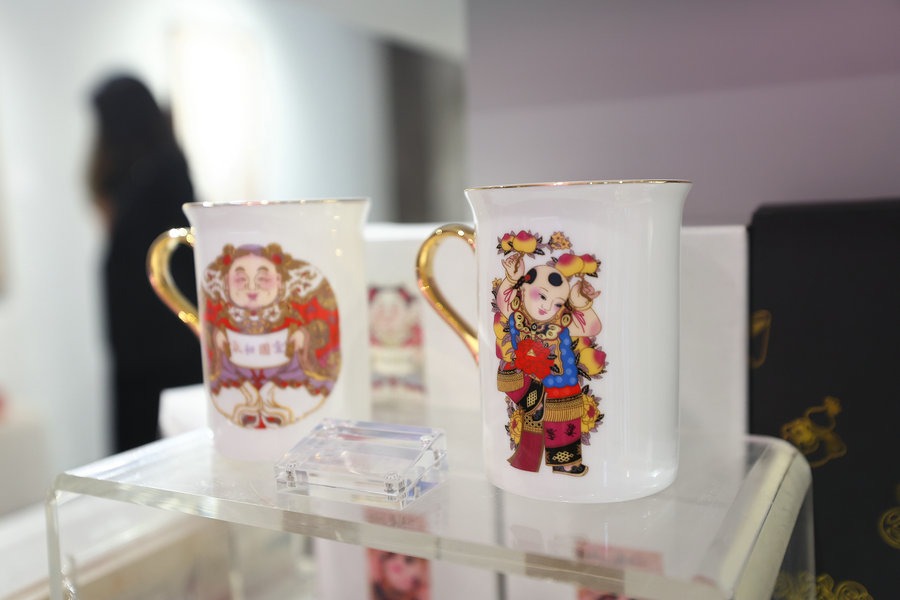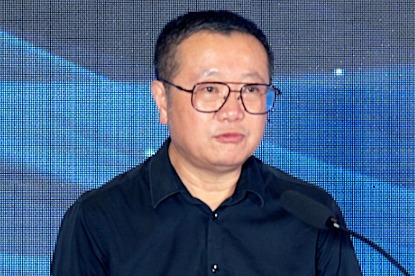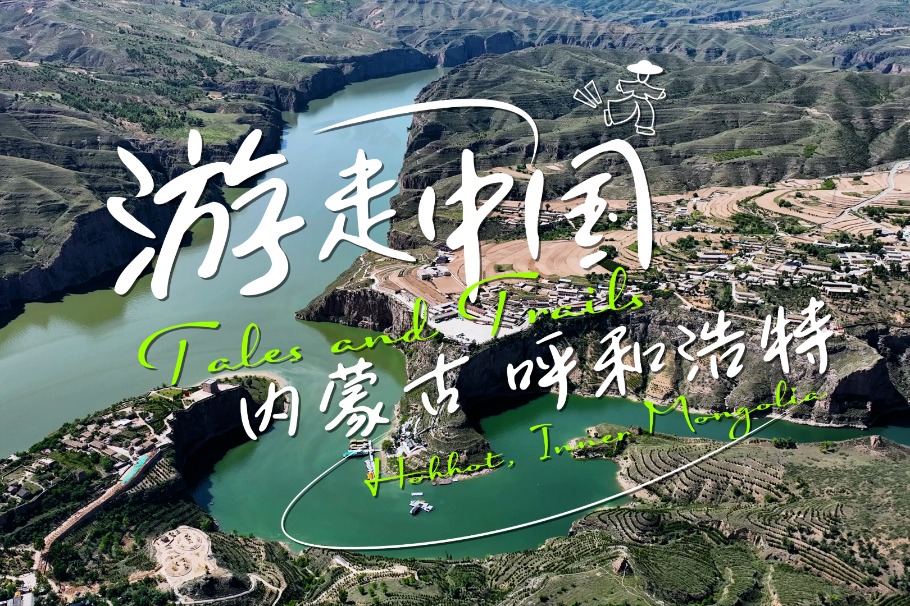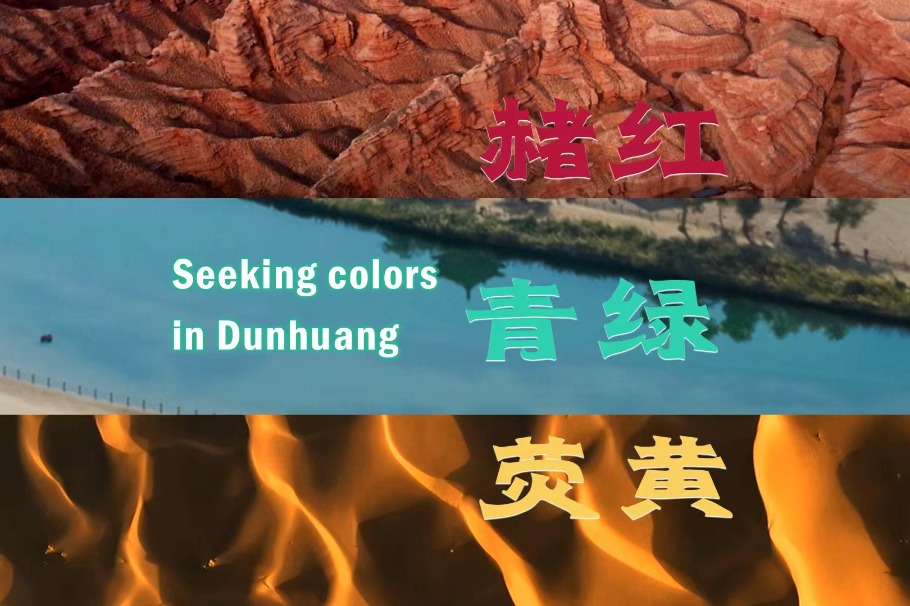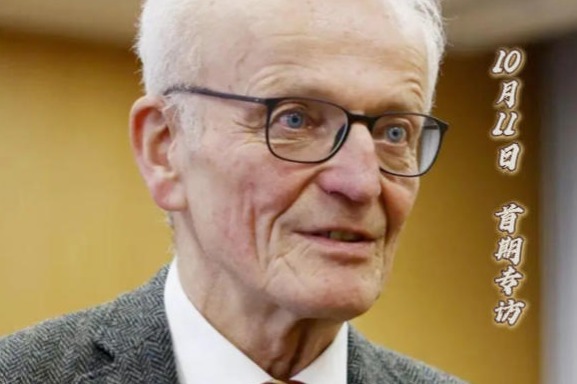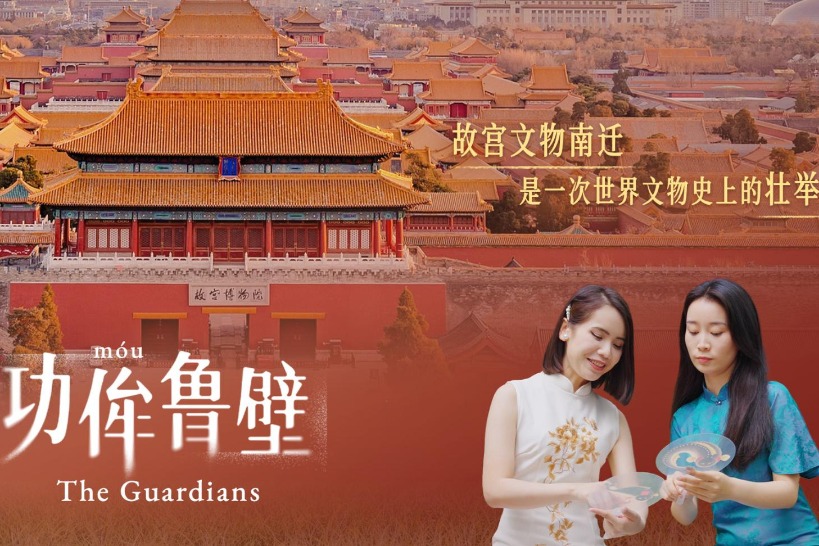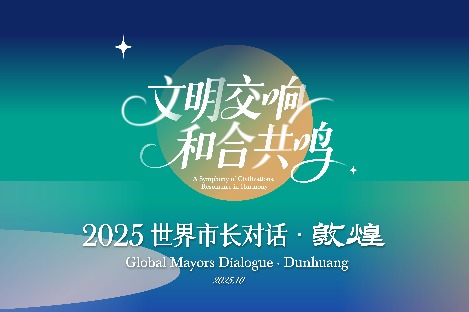Taihe Forum discusses the development of museums

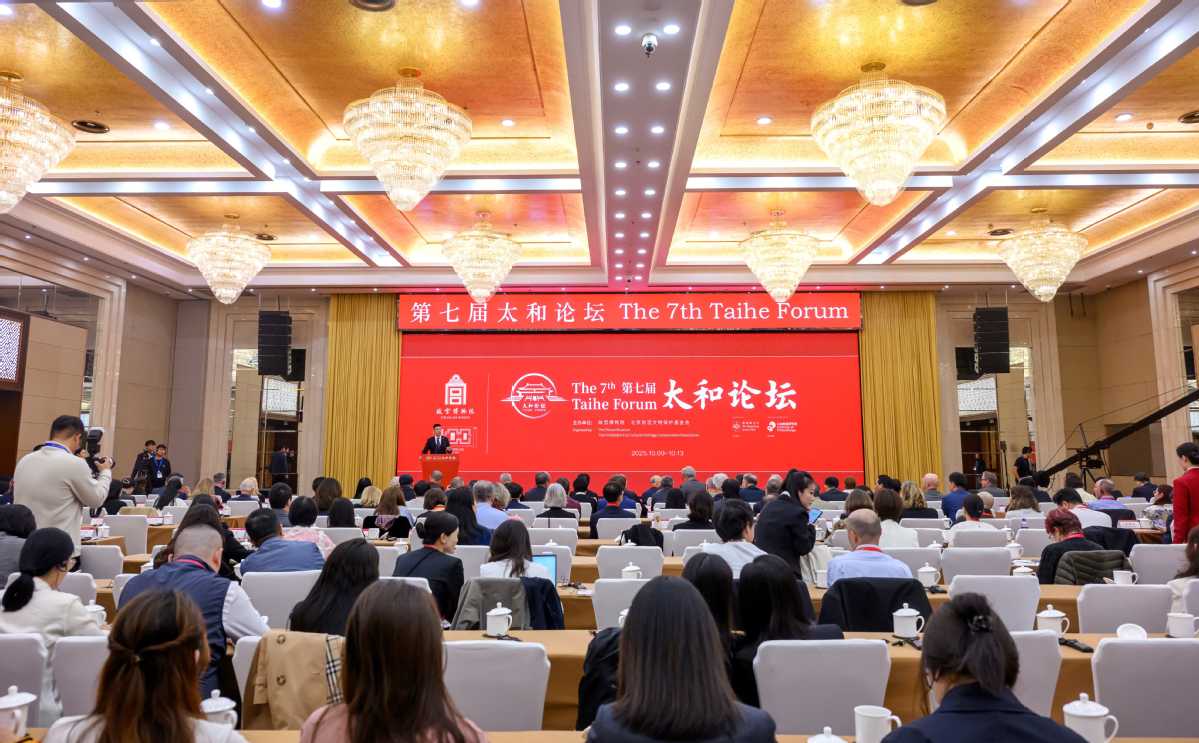
At a time when the Palace Museum in Beijing, China's imperial palace from 1420 to 1911, also known as the Forbidden City, celebrates its centenary anniversary of establishment, experts at home and abroad gathered at a forum to discuss the development of museums.
Organized by the Palace Museum and the Forbidden City Cultural Heritage Conservation Foundation, the 7th Taihe Forum was held in Beijing on Saturday, bringing together more than 300 experts from museums, scientific research institutions, universities, and enterprises in 26 countries and international organizations.
Wang Xudong, director of the Palace Museum, highlighted the exceptional value of the museum as a carrier of China's over 5,000-year-old civilization and a gathering place for the fine traditional Chinese culture.
He elaborated on the history of the museum from its establishment in 1925, saying the thriving of the museum in the past century epitomizes the great rejuvenation of the Chinese nation. Its development has largely relied on the insistence and dedication of generations of museum professionals.
Lazare Eloundou Assomo, director of UNESCO World Heritage, said the Forbidden City, now known as the Palace Museum, has stood for over six centuries as a witness of Beijing's vitality. It demonstrates that heritage conservation and sustainable development can go hand in hand, enriching the life of citizens and inspiring future generations.
Other experts discussed issues like how technology empowers heritage conservation, the influence of climate change on heritage sites and the sustainable development of them.
The Taihe Forum, named after Taihe Dian (the Hall of Supreme Harmony), the highest-level imperial structure in the Forbidden City, was established in 2016 to emphasize the values of ancient civilizations and their inspiration for modern development.


